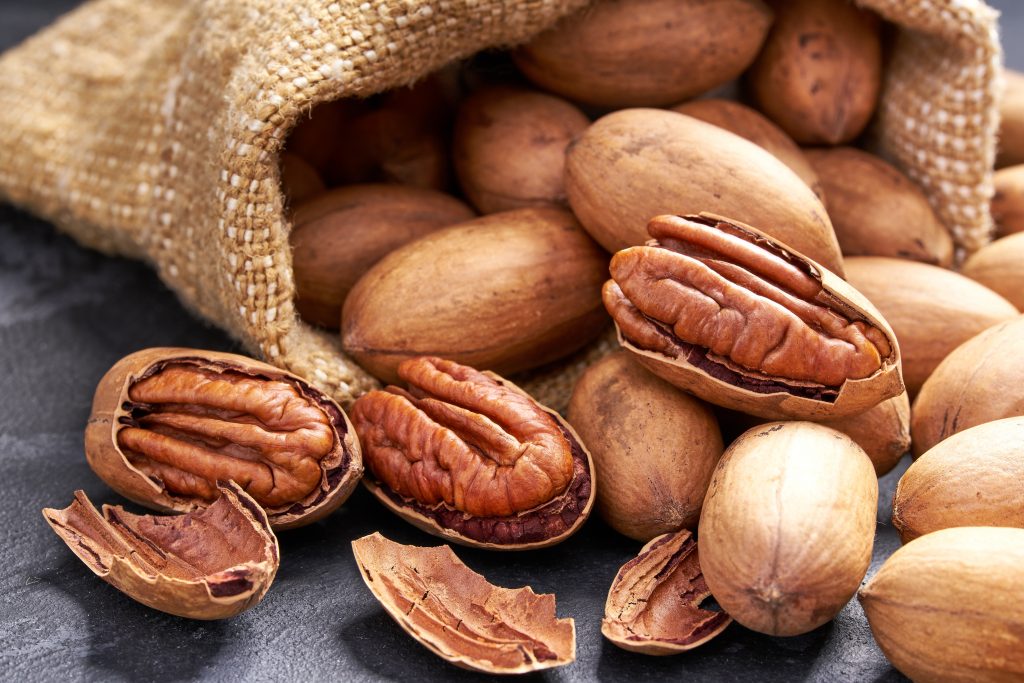
By Clint Thompson
It is only May, but University of Georgia Extension pecan specialist Lenny Wells is optimistic about this year’s crop.
“It looks great right now as far as crop load and the light disease pressure. Everything’s pretty clean. Everything looks great so far,” Wells said. “I just hope we can get them to harvest. We’ve got a long way to go. Hope we have a decent market when we get there.”
The relatively dry weather throughout for most of the Southeast has also led to low scab disease pressure in pecan trees.
“It’s been pretty light, been really light here since we got started spraying back in April,” Wells said. “So far, pressure has been very light, and I haven’t seen much problem at all with scab.
“Early in the spring, it stayed cool a good while and that probably helped some too. But yeah dry weather more than anything. And when we have had rains, they were quick rains. It may have rained one day and then it cleared out and we’d have sunshine and wind several days to a week and then get another rain.”
What is Scab?
Scab is a fungal disease that infects the leaves or nuts of pecan trees. If it hits the nut early enough, scab can cause the pecan to blacken and fall from the tree. Some growers spray between 10 and 12 times during an average year to fight scab, Wells said. Scab thrives on trees that have received moisture. That is why a quick rain event is important and not prolonged rainy weather of several days in a row.
“If we have rain events that kind of move in and out, those don’t cause us much problems. But it’s where we have these long sustained several days in a row of rain, that’s really when scab will get going,” Wells said.
For other pecan-related stories, see pecan crop offers hope.









